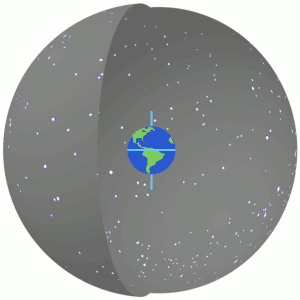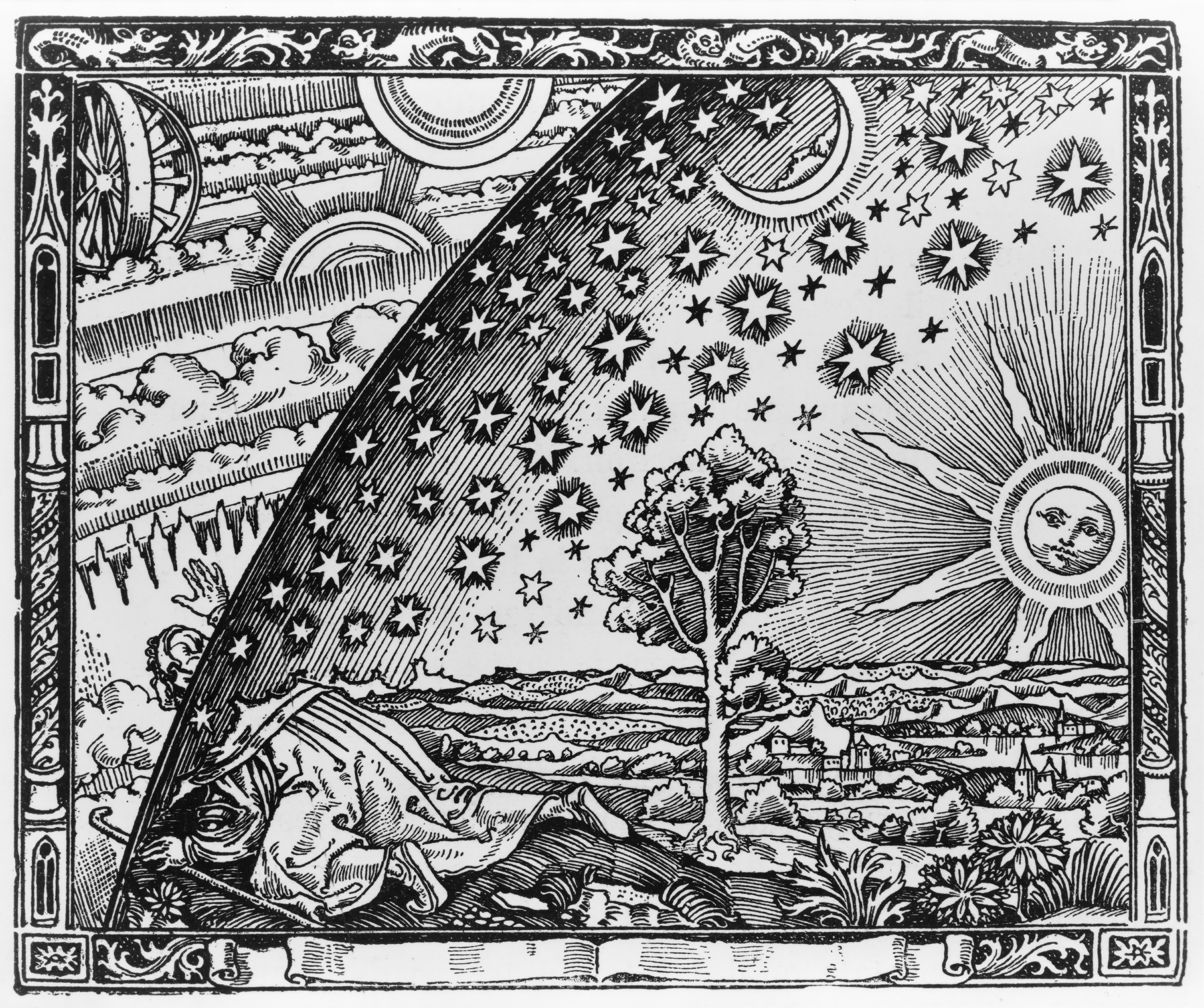|
Cosmic Evolution Survey
The Cosmic Evolution Survey (COSMOS) is a Hubble Space Telescope (HST) Treasury Project to survey a two square degree equatorial field with the Advanced Camera for Surveys (ACS). The largest survey ever undertaken by HST, the project incorporates commitments from observatories around the world, such as the Very Large Array radio observatory, the European Space Agency's XMM-Newton satellite, Japan's eight meter Subaru (telescope), Subaru telescope and James Webb Space Telescope. At the moment, more than 150 astronomers around the world actively contribute to the project. The project's primary goal is to study the relationship between large scale structure (LSS) in the universe and dark matter, the formation of galaxies, and nuclear activity in galaxies. This includes careful analysis of the dependence of galaxy evolution on environment. The survey covers a field, often known as the COSMOS field, of 2 square degrees of sky in the constellation Sextans. The centre of the field ... [...More Info...] [...Related Items...] OR: [Wikipedia] [Google] [Baidu] |
Sextans
Sextans is a faint, minor constellation on the celestial equator which was introduced in 1687 by Polish astronomer Johannes Hevelius. Its name is Latin for the astronomical sextant, an instrument that Hevelius made frequent use of in his observations. Characteristics Sextans is a medium sized constellation bordering Leo to the north, touching on Hydra to the southwest, and Crater to the southeast. The recommended three-letter abbreviation for the constellation, as adopted by the International Astronomical Union in 1922, is "Sex". The official constellation boundaries, as set by Belgian astronomer Eugène Delporte in 1930, are defined by a square. In the equatorial coordinate system, the right ascension coordinates of these borders lie between and , while the declination coordinates are between +6.43° and −11.7°. Since it is close to the ecliptic plane, the Moon and planets regularly cross the constellation, especially its northeastern corner. Notable features St ... [...More Info...] [...Related Items...] OR: [Wikipedia] [Google] [Baidu] |
European Southern Observatory
The European Organisation for Astronomical Research in the Southern Hemisphere, commonly referred to as the European Southern Observatory (ESO), is an intergovernmental organization, intergovernmental research organisation made up of 16 member states for ground-based astronomy. Created in 1962, ESO has provided astronomers with state-of-the-art research facilities and access to the southern sky. The organisation employs over 750 staff members and receives annual member state contributions of approximately €162 million. Its observatories are located in northern Chile. ESO has built and operated some of the largest and most technologically advanced telescopes. These include the 3.6 m New Technology Telescope, an early pioneer in the use of active optics, and the Very Large Telescope (VLT), which consists of four individual 8.2 m telescopes and four smaller auxiliary telescopes which can all work together or separately. The Atacama Large Millimeter Array observes the u ... [...More Info...] [...Related Items...] OR: [Wikipedia] [Google] [Baidu] |
Hyperion Proto-supercluster
The Hyperion proto-supercluster is the largest and earliest known proto- supercluster, 5,000 times the mass of the Milky Way and seen at 20% of the current age of the universe. It was discovered in 2018 by analysing the redshifts of 10,000 objects observed with the Very Large Telescope in Chile. Discovery The discovery was announced in late 2018. The discovery team led by Olga Cucciati used computational astrophysics methods and astroinformatics; statistical techniques were applied to large datasets of galaxy redshifts, using a two-dimensional Voronoi tessellation to correlate gravitational interaction ( virialization) of visible structures. The existence of non-visible (dark matter) structures was inferred. Correlation was based on redshift data captured in a sky survey called VIMOS-VLT Deep Survey, using the Visible Multi Object Spectrograph (VIMOS) instrument of the Very Large Telescope in Chile, and other surveys to a lesser extent. Spectroscopic redshift data for 3, ... [...More Info...] [...Related Items...] OR: [Wikipedia] [Google] [Baidu] |
Very Large Telescope
The Very Large Telescope (VLT) is an astronomical facility operated since 1998 by the European Southern Observatory, located on Cerro Paranal in the Atacama Desert of northern Chile. It consists of four individual telescopes, each equipped with a primary mirror that measures in diameter. These optical telescopes, named ''Antu'', ''Kueyen'', ''Melipal'', and ''Yepun'' (all words for astronomical objects in the Mapuche language), are generally used separately but can be combined to achieve a very high angular resolution. The VLT array is also complemented by four movable Auxiliary Telescopes (ATs) with apertures. The VLT is capable of observing both visible and infrared wavelengths. Each individual telescope can detect objects that are roughly four billion times fainter than what can be seen with the naked eye. When all the telescopes are combined, the facility can achieve an angular resolution of approximately 0.002 arcsecond. In single telescope mode, the angular resol ... [...More Info...] [...Related Items...] OR: [Wikipedia] [Google] [Baidu] |
Sextans (constellation)
Sextans is a faint, minor constellation on the celestial equator which was introduced in 1687 by Polish people, Polish astronomer Johannes Hevelius. Its name is Latin for the astronomical sextant, an instrument that Hevelius made frequent use of in his observations. Characteristics Sextans is a medium sized constellation bordering Leo (constellation), Leo to the north, touching on Hydra (constellation), Hydra to the southwest, and Crater (constellation), Crater to the southeast. The recommended three-letter abbreviation for the constellation, as adopted by the International Astronomical Union in 1922, is "Sex". The official constellation boundaries, as set by Belgian astronomer Eugène Joseph Delporte, Eugène Delporte in 1930, are defined by a square. In the equatorial coordinate system, the right ascension coordinates of these borders lie between and , while the declination coordinates are between +6.43° and −11.7°. Since it is close to the ecliptic plane, the Moon and p ... [...More Info...] [...Related Items...] OR: [Wikipedia] [Google] [Baidu] |
Dark Energy Survey
The Dark Energy Survey (DES) is an astronomical survey designed to constrain the properties of dark energy. It uses images taken in the near-ultraviolet, Visible spectrum, visible, and near-infrared to measure the expansion of the universe using Type Ia supernovae, baryon acoustic oscillations, the number of Galaxy groups and clusters, galaxy clusters, and weak gravitational lensing. The collaboration is composed of research institutions and universities from the United States,DES Collaboration Page DES Collaborators. Australia, Brazil,DES-Brazil , DES-Brazil Consortium. the United Kingdom, Germany, Spain, and Switzerland. The collaboration is divided into several scientific working groups. Th ... [...More Info...] [...Related Items...] OR: [Wikipedia] [Google] [Baidu] |
Declination
In astronomy, declination (abbreviated dec; symbol ''δ'') is one of the two angles that locate a point on the celestial sphere in the equatorial coordinate system, the other being hour angle. The declination angle is measured north (positive) or south (negative) of the celestial equator, along the hour circle passing through the point in question. The root of the word ''declination'' (Latin, ''declinatio'') means "a bending away" or "a bending down". It comes from the same root as the words ''incline'' ("bend forward") and ''recline'' ("bend backward"). In some 18th and 19th century astronomical texts, declination is given as ''North Pole Distance'' (N.P.D.), which is equivalent to 90 – (declination). For instance an object marked as declination −5 would have an N.P.D. of 95, and a declination of −90 (the south celestial pole) would have an N.P.D. of 180. Explanation Declination in astronomy is comparable to geographic latitude, projected onto the celestial sphere, and ... [...More Info...] [...Related Items...] OR: [Wikipedia] [Google] [Baidu] |
Right Ascension
Right ascension (abbreviated RA; symbol ) is the angular distance of a particular point measured eastward along the celestial equator from the Sun at the equinox (celestial coordinates), March equinox to the (hour circle of the) point in question above the Earth. When paired with declination, these celestial coordinate system, astronomical coordinates specify the location of a point on the celestial sphere in the equatorial coordinate system. An old term, ''right ascension'' (), "''Ascensio recta'' Solis, stellæ, aut alterius cujusdam signi, est gradus æquatorus cum quo simul exoritur in sphæra recta"; roughly translated, "''Right ascension'' of the Sun, stars, or any other sign, is the degree of the equator that rises together in a right sphere" refers to the ''ascension'', or the point on the celestial equator that rises with any celestial object as seen from Earth's equator, where the celestial equator perpendicular, intersects the horizon at a right angle. It contrasts wi ... [...More Info...] [...Related Items...] OR: [Wikipedia] [Google] [Baidu] |
J2000
In astronomy, an epoch or reference epoch is a moment in time used as a reference point for some time-varying astronomical quantity. It is useful for the celestial coordinates or orbital elements of a celestial body, as they are subject to perturbations and vary with time. These time-varying astronomical quantities might include, for example, the mean longitude or mean anomaly of a body, the node of its orbit relative to a reference plane, the direction of the apogee or aphelion of its orbit, or the size of the major axis of its orbit. The main use of astronomical quantities specified in this way is to calculate other relevant parameters of motion, in order to predict future positions and velocities. The applied tools of the disciplines of celestial mechanics or its subfield orbital mechanics (for predicting orbital paths and positions for bodies in motion under the gravitational effects of other bodies) can be used to generate an ephemeris, a table of values giving ... [...More Info...] [...Related Items...] OR: [Wikipedia] [Google] [Baidu] |
COSMOS Field
The COSMOS field, or the Cosmic Evolution Survey Deep Field, is a stitched photograph of deep space, which was photographed with the Hubble Space Telescope's Advanced Camera for Surveys in segments from 2003 to 2005, and was supported by several other ground-based and space-based telescopes. It was the capstone of the COSMOS project, which aimed to observe and study how galaxies are affected by celestial environments. Description The project and COSMOS field was a study of the way in which galaxies are influenced by physical properties and the environment that surrounds them. The COSMOS field was chosen to be the focal point of research due to its abundance of galaxies and other celestial bodies, and its scarcity of gas. The research from the project has been used to identify deep-space galaxies and their astrophysics. The Cosmic Evolution Survey (COSMOS) was a wide field observational astronomy project. It was aimed at observing the correlation between galaxies, star format ... [...More Info...] [...Related Items...] OR: [Wikipedia] [Google] [Baidu] |
COSMOS 3D Dark Matter Map
The cosmos (, ; ) is an alternative name for the universe or its nature or order. Usage of the word ''cosmos'' implies viewing the universe as a complex and orderly system or entity. The cosmos is studied in cosmologya broad discipline covering scientific, religious or philosophical aspects of the cosmos and its nature. Religious and philosophical approaches may include the cosmos among spiritual entities or other matters deemed to exist outside the physical universe. Etymology The verb κοσμεῖν (''kosmein'') meant generally "to dispose, prepare", but especially "to order and arrange (troops for battle), to set (an army) in array"; also "to establish (a government or regime)", "to adorn, dress" (especially of women). Thus ''kosmos'' meant "ornaments, decoration" (compare ''kosmokomes'' "dressing the hair," and cosmetic). The philosopher Pythagoras used the term ''kosmos'' for the order of the universe. Anaxagoras further introduced the concept of a Cosmic Mind (''Nous ... [...More Info...] [...Related Items...] OR: [Wikipedia] [Google] [Baidu] |







